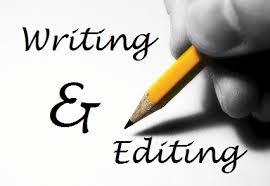
Why You Shouldn’t Tune Up Your Own Writing
If you want your writing to be the best it can be, writing requires tune-ups (rewrites, drafts…). We’d all like to think we can proof our writing or Aunt Sally can because she “likes to read” or you wrote the document so you can edit your work. In reality, if you want your book, web copy, or articles to be the best they can be, step away and thank Aunt Sally for her offer, but you’re both too close to be objective. Chances are Aunt Sally doesn’t want to hurt your feelings so she probably won’t provide constructive advice on what’s missing, what changes could make it better, or why a certain section doesn’t flow or make sense? You, the writer, are too involved in the writing to see what’s missing, what could make it better, or why it doesn’t flow, etc.
Writing Requires Tune-Ups, But How Many?
It depends. Don’t roll your eyes! The following is the process of how we work with clients when editing their work. When you work with your editor, you’ll develop a comfortable working relationship. We have worked with authors whose books needed six, seven, or ten edits. The amount of edits doesn’t reflect on you as a writer. Take the constructive advice and look at it as taking your work to the next level. A professional editor works with you step by step in the editing process.
- Your overview of the document. I know, I said you don’t want to edit your book and it’s true, but a self-edit is the first edit. You, the author, performs a self-edit. Decide what process works for you – edit after you’ve written each chapter, after you’ve written a certain number of pages, or after you’ve completed a section of the chapter. Once you decide on your self-editing process, be consistent. It’s also important to step away from your work for a day or so before starting to self-edit. This helps you clear your mind from what you’ve been writing and you’ll have a new perspective after some downtime.
- Professional editor – looking at the whole picture. Your editor works with you so your story makes sense. This means taking the “big stuff” and moving it around; chapters, paragraphs… The editor provides explanations on why these changes are necessary.
- Author second look. After the editor looks at the entire picture, you’ll receive the document back and the two of you should have a conversation about the first edit. During this time you decide whether or not to take the suggestions, or you could decide to delete sections or add content you didn’t have before looking in depth at the whole picture.
- Professional editor – line edit. Once chapters, paragraphs, and other parts are “in place for now” the editor moves on to a line edit. A line edit is not proofing. A line edit addresses content, writing style, and language use at the sentence and paragraph levels. The goal of the line edit is to improve your manuscript. This editorial feedback also gives you the creative tools to become a better writer and use the information on future writing projects. The line edit focuses on how you use language to communicate your story to the reader. Some examples your editor may direct you to are:
- Overuse of words or sentences
- Saying the same information in different ways
- Shifts in tone
- Confusing or hard-to-read passages
- Run-on sentences.
- Author – review line edit. Once the editor completes the line edits, the document is returned to the author for any final changes.
- Professional editor – review entire document. At this stage of the game, the editor reads over the entire document and makes sure no glaring mistakes are seen or information has been deleted or added since the author’s line edit.
- Author – review entire document. After the editor has reviewed the entire document, the author reads it from beginning to end. This is the time to make sure all changes are final.
- Author and editor – final edits completed. At this time, the author and the editor agree all edits are completed.
- Copyeditor/proofreader – not your editor. The copyeditor/proofreader is a different professional than your editor. Proofing the document addresses the technical flaws and:
- Corrects spelling, grammar, punctuation, and syntax
- Ensures consistency in spelling, hyphenation, numbering, fonts, names…
- Flags macro discrepancies in consistency, i.e., in Chapter 1, page 23 you write: Stephen ran the marathon in 2 hours, 58 seconds and then on page 58 you write, Steven ran the marathon in 2 hours, 58 seconds. It is the proofreader’s job to make a note of these types of mistakes and point them out to you.
Once the document is proofed it is ready for a printer’s proof. In another blog, we’ll discuss printing; however, always, always, order two printer’s proofs, one for the author and one for the copyeditor. This gives both of you the opportunity to read the manuscript in printed format and ensure everything is in order before you order 10, 20, or 100 copies.
As you can see, your writing requires several tune-ups before it’s ready for a printer’s proof. For more information on how to work with an editor, read Peter’s blog, “How to Work With an Editor: The Four Steps of Editing Your Book.“
If you have any questions about professional editing or proofreading for your written work, drop us a note and we’ll be happy to answer.
Until next time,
Colleen

Leave a Reply